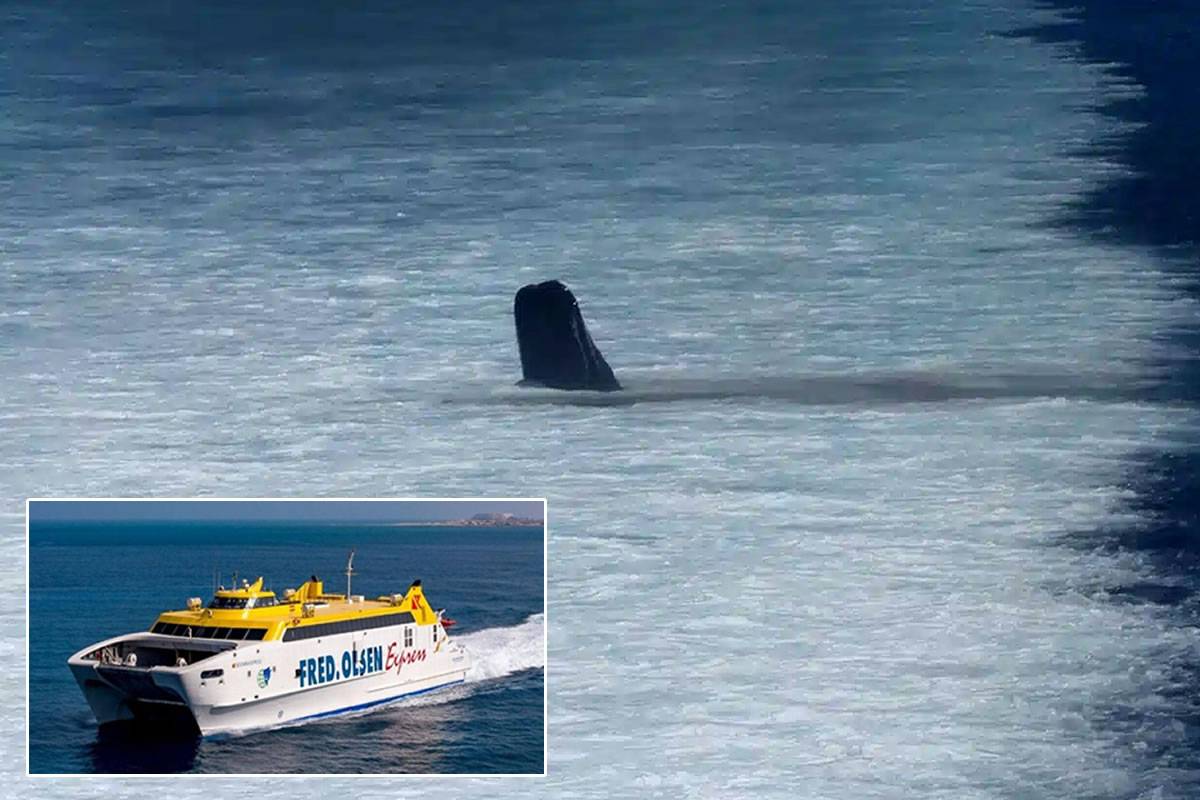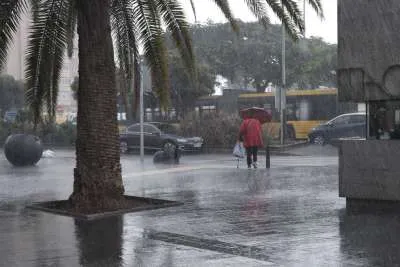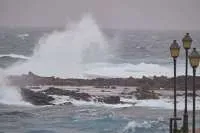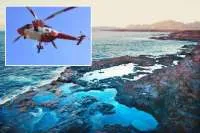A 'fast ferry' hits a sperm whale on route to Tenerife from Gran Canaria
- 13-06-2023
- Tenerife
- Canarian Weekly
An adult sperm whale was hit by a Fred.Olsen Express ferry yesterday afternoon (Monday), whilst travelling from Agaete in Gran Canaria to Santa Cruz de Tenerife, according to passengers on board the boat that felt the collision then say they saw the mammal on the surface of the water surrounded by blood.
Biologist Amanhuy Duque Hernández, who was onboard the ferry that left Gran Canaria at 2:00pm, and on deck at the time the incident happened, posted on social media saying: “There were about 20 minutes left to get to Santa Cruz and I was photographing various birds, cetaceans and a sperm whale 200 metres from the boat when we felt a strong blow”.
“When I looked back, I could see a brown stain of blood in the wake of the ferry and an adult sperm whale flailing in pain on the surface of the water."
Next, Hernández pinpointed the location of the collision to aid colleagues in charge of searching for the cetacean with their investigation and autopsy.
SPERM WHALE COLLISIONS:
The Canaries is the place with the most sperm whale collisions in the world and is the only known location with a breeding population in the Northeast Atlantic.
In the last two decades, more than 80 cetaceans have collided with different boats in the Archipelago, and in the last few years, there has been an upturn in collisions coinciding with the introduction of new fast ferry routes and the increase in the number of sailings.
Amanhuy Duque Hernández stated that “not only the shipping company is to blame, but also the Government of the Canary Islands, which refuses to regulate the speed of these ships. The cetaceans do not have time to react and move away to avoid the collision,” he explained.
According to the Government, sperm whales represent 54% of the cetacean species that are stranded on the Islands after a collision. A study by the Institute of Animal Health of the University of Las Palmas showed that in 80% of the collisions the cetacean was alive when hit.



























































